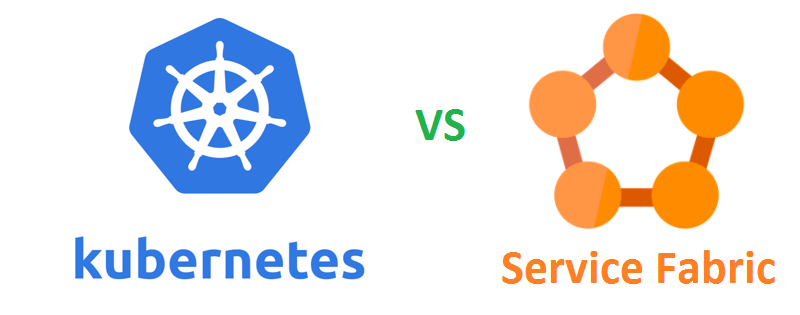What is the difference between Kubernates and Service Fabric?
It is a common question today among most of the business stakeholders, infrastructure specialists, and information technology architects.
To answer in simpler words, quoting from this Reddit log :
- Kubernetes manage/orchestrate containers and applications within.
- ServiceFabric is a framework for microservices based on one of three models; stateful, stateless, actor. Service Fabric provides a framework for creating micro services, runtime for managing distributed instances, and also provides the ‘fabric’ that holds everything together.
A detailed comparison quoting from an MSDN blog from here:
Azure Container Service: If you are looking to deploy your application in Linux environment and are comfortable with an orchestrator such as Swarm, Kubernetes or DC/OS, use ACS. A typical 3 tier application (such as a web front end, a caching layer, a API layer and a database layer) can be easily container-ized with 1 single dockerfile (or docker-compose file). It can be continuously decomposed into smaller services gradually. This approach provides an immediate benefit of portability of such an application. Containers is Open technology and there is great community support around containers.
Azure Service Fabric: If an application must have its state saved locally, then use Service Fabric. It is also a good choice if you are looking to deploy the application in Windows server ecosystem(Linux support is in the works as well!). Refer to common workloads on Service Fabric for more discussion on applications that can benefit from Service Fabric. Biggest benefit is that Service Fabric applications can run on-premise, on Azure or even in other cloud platforms also.
Discover more from C4: Container, Code, Cloud & Context
Subscribe to get the latest posts sent to your email.

